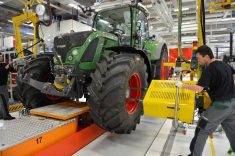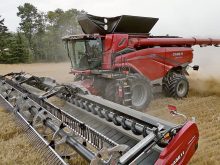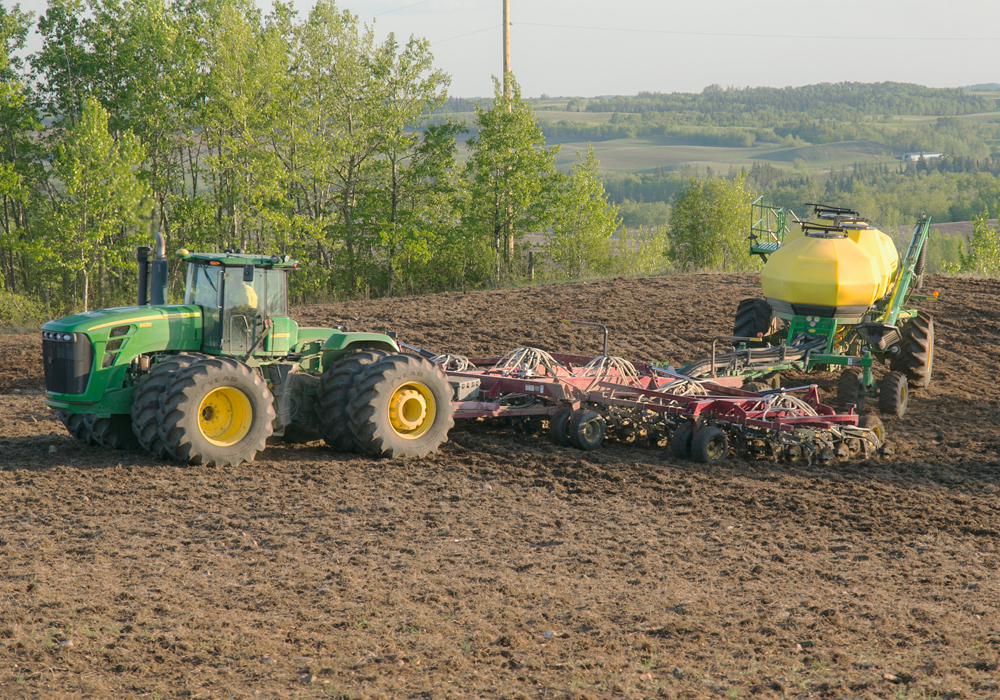ST. JEAN BAPTISTE, Man. – Two years of poor soybean growing conditions have not stopped Manitoba farmers from wanting to grow them in 2010.
Farmers are hoping for good weather to see how the new varieties fare.
“Hopefully we’ll get back to an average year,” said Manitoba Agriculture soybean specialist Brian Jack at St. Jean Farm Days.
The cold summer and mixed fall conditions damaged many Manitoba soybean crops, but they taught wise farmers a number of key lessons about growing them at the northern edge of the soybean region, Jack said.
Read Also

Petition launched over grazing lease controversy
Battle continues between the need for generation of tax revenue from irrigation and the preservation of native grasslands in southern Alberta rural municipality.
“Some guys will say we had a lot of heat units, but it’s not a mathematical equation,” said Jack.
“A September heat unit is not the same as your July heat unit.”
Cold conditions in July and August held back the maturity of most soybean crops, but a remarkably hot September and late fall allowed many crops to regain much of the lost distance. However, Jack said late heat doesn’t have the same impact as midsummer heat.
“September helped a lot, but it doesn’t make up for the summer,” said Jack.
In July and August, the days are long, so the fields have time to warm up in the morning and bask in the afternoon sun. By September, the days are growing short and much heat is lost warming up the fields. By the time the soil is warm, the day is ending and the crops don’t progress as much.
Farmers need to do a better job of switching soybean varieties when seeding occurs later than usual. Farmers hate backing away from varieties that seem perfectly suited for their land, but when the expected maturity date exceeds Sept. 25 for the Red River Valley, farmers need to consider their risks.
Last year shows the danger of banking on long season varieties, Jack said.















